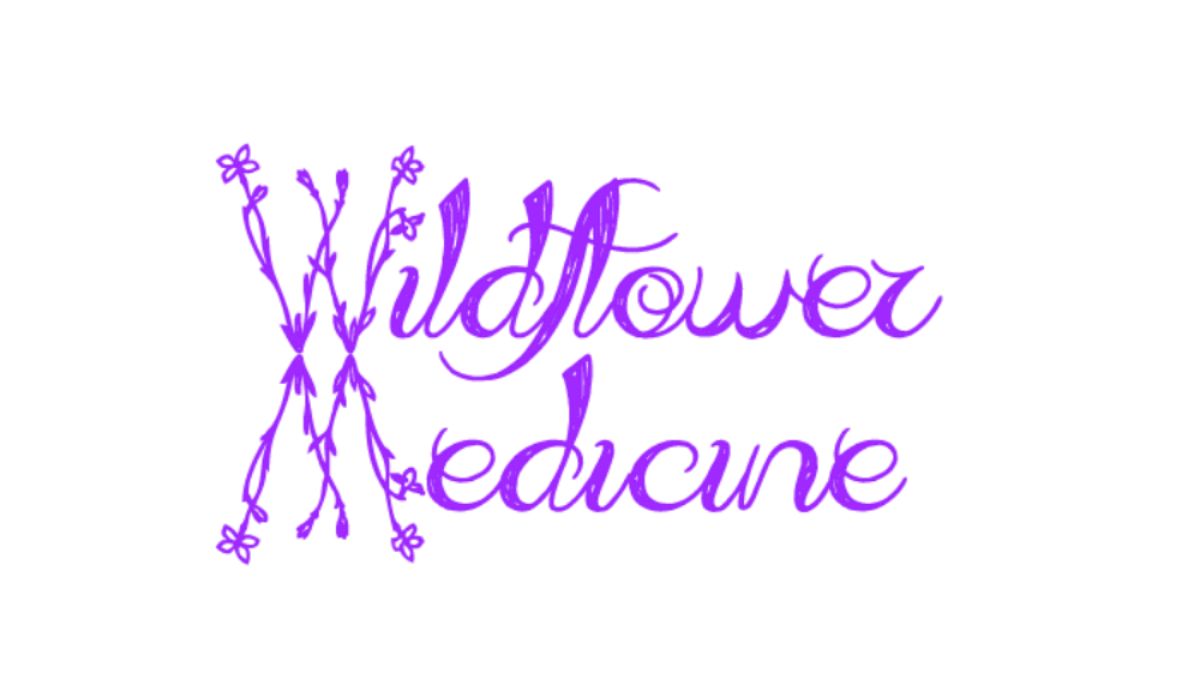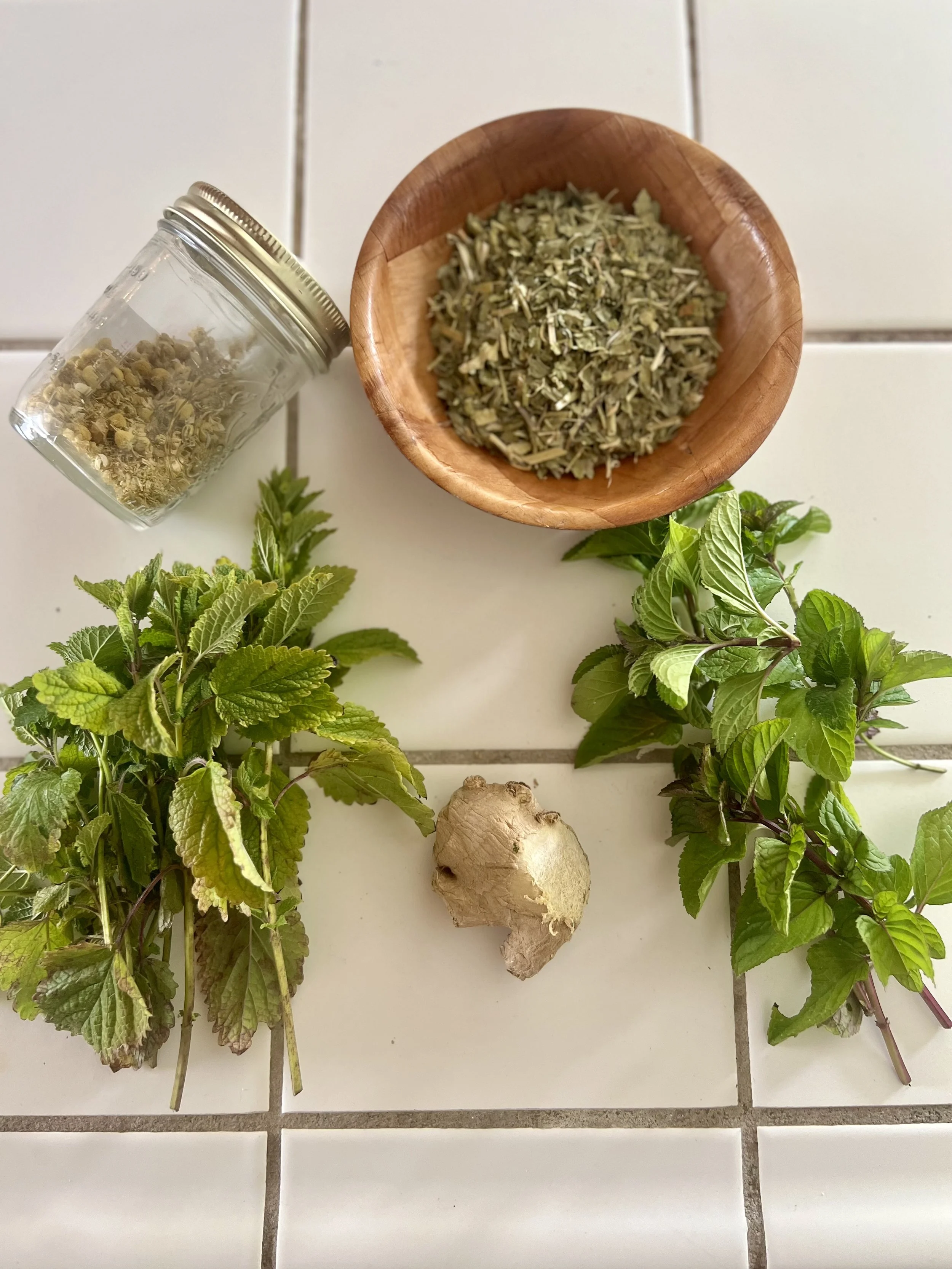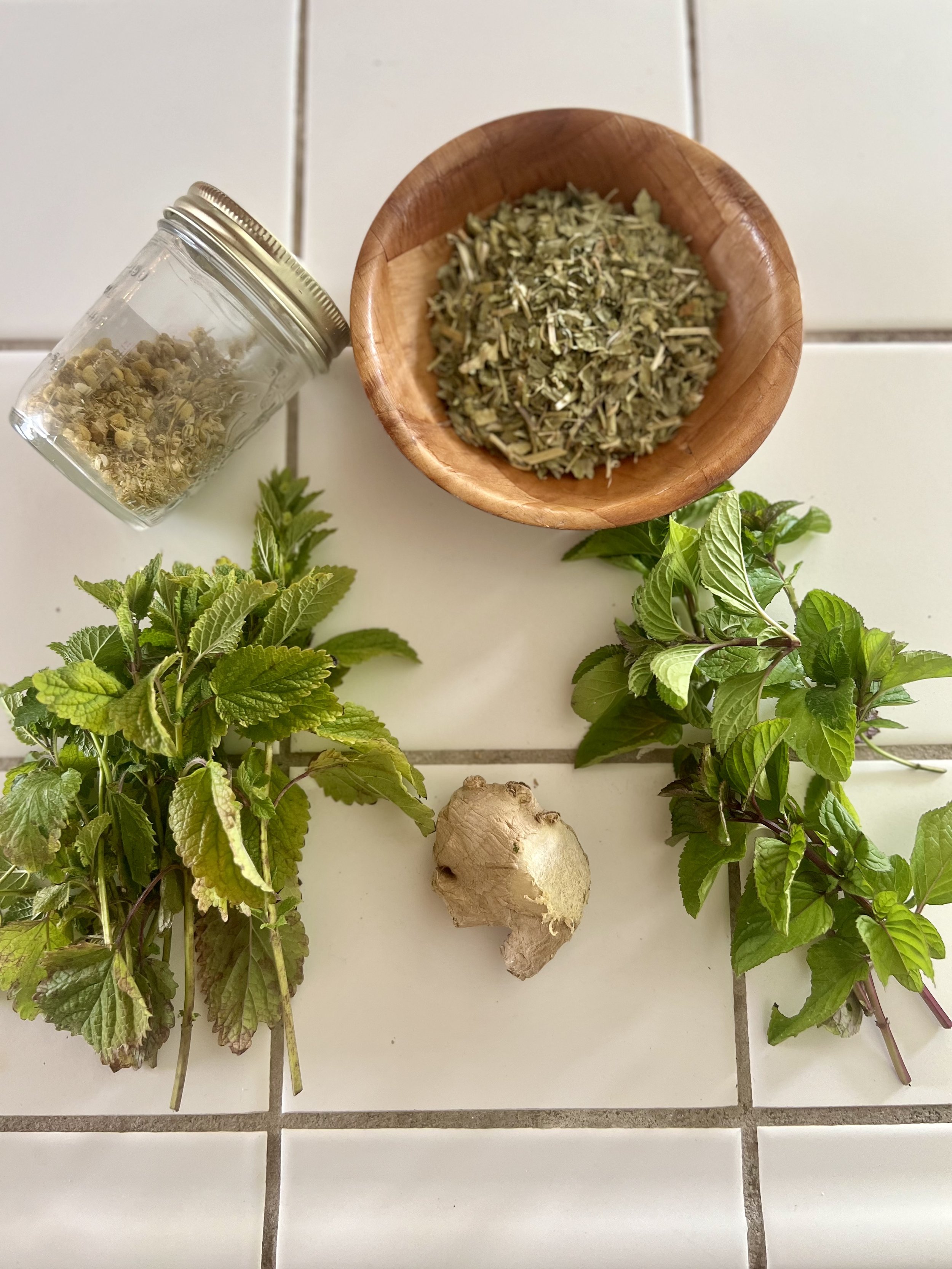Mastitis… it’s the absolute worst! As if getting the hang of breastfeeding wasn’t challenging enough for new mamas, throw mastitis in the mix and it can feel downright miserable.
Thankfully there are some natural remedies that can be extremely effective for healing mastitis, so avoiding antibiotics is absolutely possible! I’ve done it three times and so have countless others.
Signs of Mastitis
Mastitis occurs when there’s a clogged milk duct that’s (usually) caused by an infection (either bacterial or fungal).
Symptoms of mastitis are similar to a clogged milk duct accompanied by the flu. Think fever, body aches, chills, general malaise as well as an inflamed breast that may look red, swollen, it may have a lump, and is often tender or painful to the touch.
Mastitis is most likely to occur within the first two months of breastfeeding (when many mamas are engorged and still establishing breastfeeding regularities), but it can occur at any time.
Remedies
Natural remedies for mastitis generally consist of antimicrobials, anti-inflammatories, fever reducers, lymphatic movement support, and comfort measures. Here are my top recommendations.
1) Echinacea and goldenseal tincture
These two herbs are extremely effective at combatting mastitis. You can often find the two of them together in a tincture and this powerhouse combo works great. If you can only find one or the other, take one (or take them separately). Dosing: I would recommend taking 1-2 dropperfuls every 2-4 hours for the first 24 hours. Then every 4-8 hours until symptoms completely subside. These are not herbs to take consistently long term.
2) Ginger compress
A warm compress with ginger and/or chamomile is divine here and can help reduce inflammation. To do this, make a strong infusion using fresh or dried ginger root and/or chamomile flowers (pour boiling water over herbs allow them to steep for a minimum 30 minutes). Soak a wash cloth in your infusion and apply it to the affected area as you lay down and rest. Try keeping your warm infusion pot next to your bedside or couch so you can re-dip.
3) Spearmint infusion
An infusion with spearmint can be helpful for breaking a high fever if needed. Make a strong infusion and drink 2 cups at a time. Remember, a fever isn’t a problem in and of itself. But if it gets really uncomfortable or worrisome, you can certainly address it.
4) Infusion with relaxants and antispasmodics
Herbs like chamomile, lemon balm and catnip can help to ease sore, tense muscles, while passionflower and hops can help promote true rest. Try making an infusion with any of these herbs you have on hand. You can also combine this infusion with your spearmint. Make one large pot of tea and sip away as you rest.
5) Warm bath with epsom salts and lavender essential oil
Take a hot bath with lots of epsom salts (several cups worth) and some lavender essential oil if you have some. This should help some with body aches and relaxation. Try gently massaging your breast in the tub. Roll onto your side if you need to in order to submerge your tata and give it some love. No bath tub? Try taking a nice hot shower and letting the water spray directly at your chest while you do some gentle massage.
6) Practice “breast gymnastics”
Breast gymnastics is a term for moving your breast around (think lifting them up and down and moving side to side) to promote circulation and lymph flow. This helps with proper milk flow and breast health. Some practitioners used to advise more aggressive breast massage to combat mastitis, but it’s now thought that gentle movements more along the lines of breast gymnastics is more beneficial and avoids potential for harm.
7) Heating pad
Using a heating pad to help bring comfort to body aches. Some practitioners advise against putting heat on mastitis because of the potential for heat to exacerbate inflammation, and to instead use cold. My philosophy is that heat promotes circulation (which we want here), and it also tends to bring comfort (which we definitely want here). So my advice is to listen to your body. If you want warmth, use heat. If you want cold, try that (try ice packs or a bag of frozen veggies). You can also alternate between the two.
8) Tincture to support clogged milk ducts
I’m a fan of Wishgarden Herbs’ Happy Ducts: Free the Flow tincture. It helps with clogged milk ducts (helpful for mastitis) by supporting lymphatic flow, the immune system, and overall breast health. If you are currently dealing with mastitis then it might be too late to order this one (although your partner may be able to find it at a health food store or local co-op near you), but you may like to consider ordering a bottle to keep on hand for the future. Hopefully you never have to use it and can pass it on to another breastfeeding mama in the future!
9) Probiotics
Probiotics (both capsules and probiotic rich foods) are great for gut and immune health and should be taken regularly to avoid illness. While taking probiotics alone is likely not going to cure mastitis, it may be helpful and you may as well start taking them now to help lessen chances of another bout in the future. For probiotic rich foods, include things like raw sauerkraut, kimchi, pickles, kefir, yogurt (no sugar added), or other pickled foods to your diet. They should be totally raw and unpasteurized. For a probiotic supplement, I like the following three options:
10) Other natural helpers you may have around
If you don’t have these remedies, there may be other natural immune boosters you have at home that you can utilize. Look around for fire cider, elderberry syrup, or even raw garlic (finely dice a clove or two and add to a spoonful of raw honey). These are all great! I’ve personally treated mastitis using only fire cider alongside soaking is epsom salts, breast massage, and drastically cutting out all sugar and starch.
11) Red light therapy
If you happen to have a red light, use it! Shine it directly on your affected breast a couple times a day. This will help promote healing and bring comfort. I used my red light throughout my whole postpartum and loved it. Here’s a link to the red light I use and love (this link also has a $260 discount!).
Dietary Changes
If possible, eat a nutrient dense diet to help your body recover. Focus on foods like bone broth, soups and stews with meat and veggies. Avoid sugar and alcohol (at least temporarily). Get plenty of hydration (drink 120 oz of water and take electrolytes).
Breastfeeding or pumping
One of the most important things you can do with mastitis is continuing to breastfeed or pump. I know, I know— it’s painful! But it won’t be forever. This part is critical in helping to drain the breast and promote healing. And no, your baby will not get sick from feeding with mastitis. If you can, favor the affected breast when feeding (ex- if it’s your leftie, then start feeding on the left side and drain completely, and then move to the right, as often as you can tolerate and without getting too uneven). If you are not with your baby, try using a pump to drain the boob regularly (keep in mind that excessive pumping can lead to engorgement so be mindful).
How long will it take to improve?
When you start taking big steps to help yourself, you’ll likely start to feel better within 12-24 hours. Full remission generally takes place within 24-72 hours.
When to seek medical help
If you’ve been doing all the things and aren’t seeing any improvements within 48-72 hours, you may like to seek medical help. Also consider seeking help if an abscess forms.
How to avoid mastitis (or a relapse)
Relapse is common with mastitis so make sure you reach a full recovery. Let your body REST!!! Avoid overly tight bras and be mindful of engorgement, as well as sleeping positions that could put excessive pressure on your boobs during engorgement. Make sure baby has a proper latch for proper emptying of breasts. Avoid skipping feedings or going too long in between feedings, especially in the first six weeks. Take extra care if you experience sore or cracked nipples as this can increase risk for mastitis. Having an oversupply of milk can also increase engorgement and risk so mamas experiencing that may like to address it and be extra mindful. Research suggests that stressed out, overly exhausted, or burned out mamas are more susceptible to mastitis (this makes sense as both stress and poor sleep lower our immune function), so do your best to be proactive in those departments. In general practice good nutrition, gut health, and let your sweet self rest.
I hope this helps you! Let me know in a comment below!
Wishing you a speedy recovery, mama! It’s tough but you got this!
Wanna learn more about using herbs during Motherhood?
Download my Free Herb Guide for Pregnancy and Postpartum
Please note, this blog post does not constitute medical advice. Talk to your doctor or midwife. You can also seek a lactation specialist for assistance.
Also note that experts’ opinions on how to best treat mastitis are changing over time. Many who previously recommended heat and massage now advice using cold. I’ve given my best recommendations here and I encourage you to listen to your own mama instincts and feedback from your own body as well.
This page contains affiliate links, which means I may earn a commission if you decide to make a purchase. While this should go without saying… I only ever recommend products that I whole-heartedly believe in, that I use myself, and that I would recommend to my best friends. I hope these recommendations can be helpful for you.



